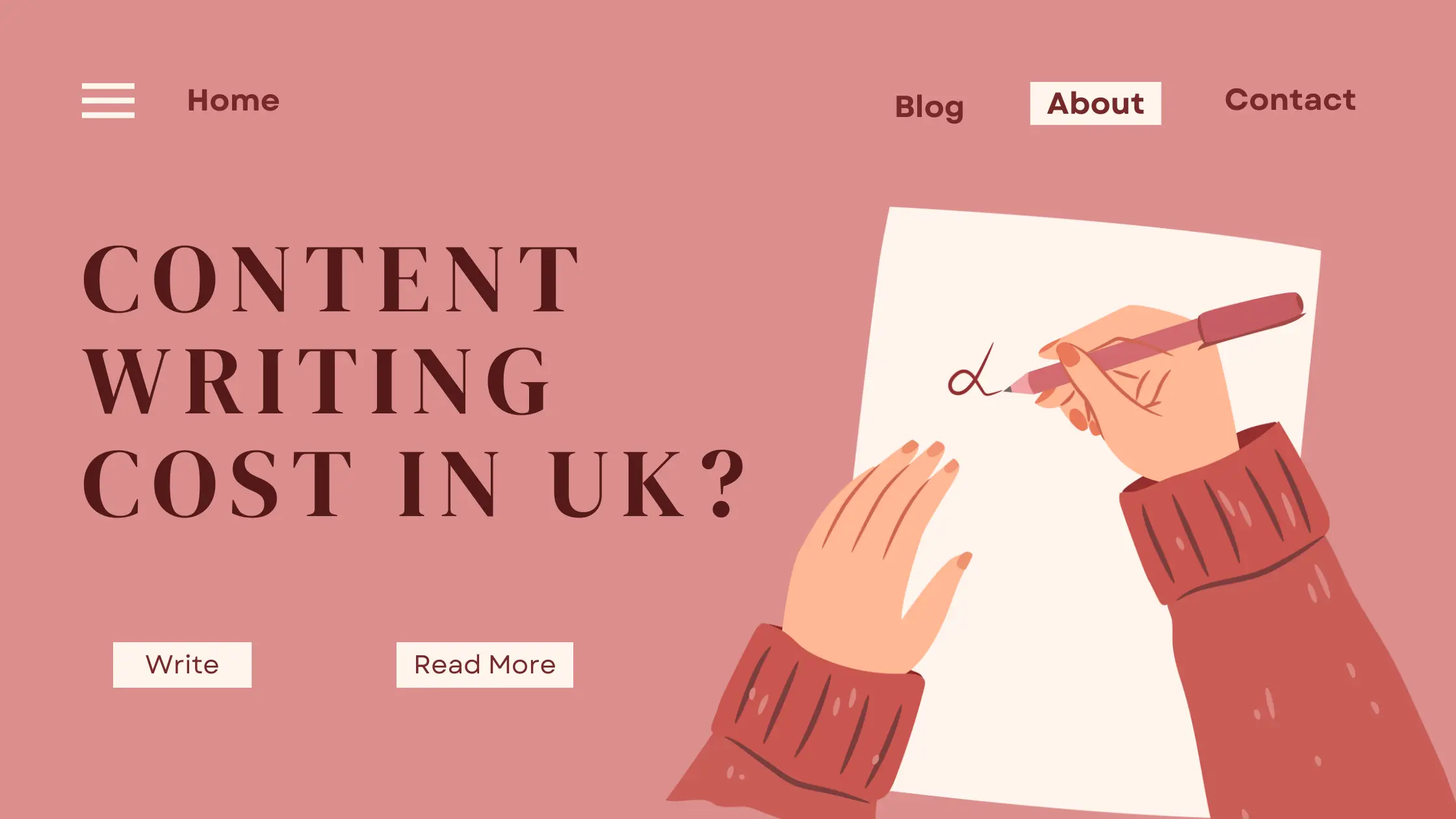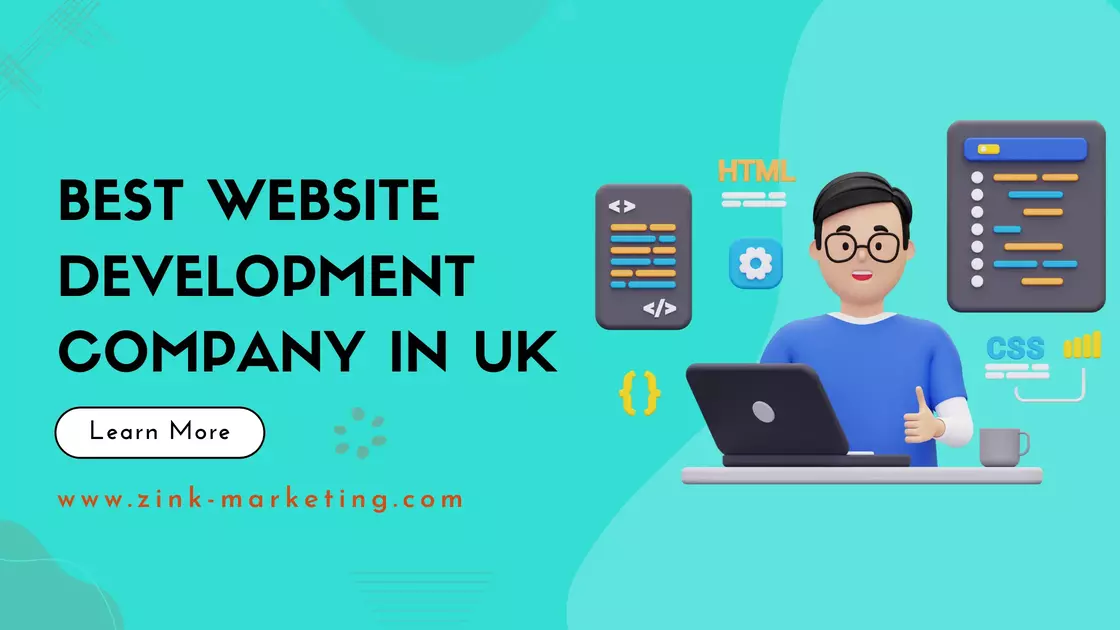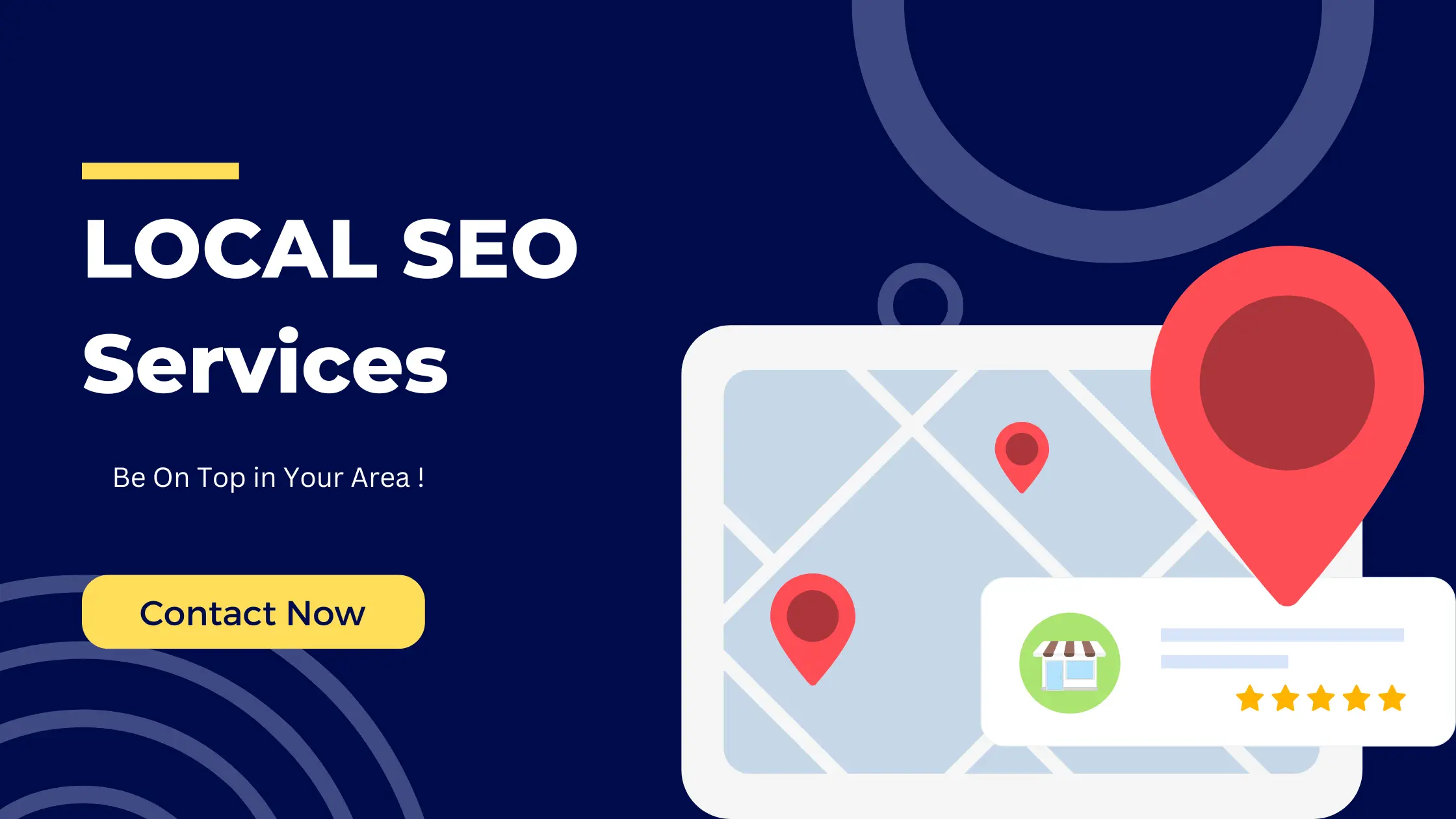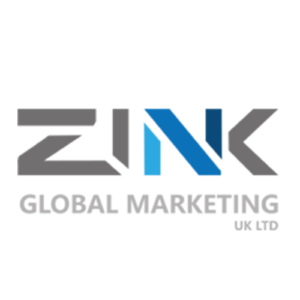Did you know your website can make or break a customer’s first impression of your business? Studies show that getting web design services for small businesses is a major factor in perceiving a company’s credibility. In today’s digital world, having a professional and appealing website is essential for small businesses to thrive.
In this post, we’ll explore:
The power of web design services for small businesses.
Tips for creating a website that converts.
Average website design costs to fit your budget.
Inspiring website design examples from various industries.
Get ready to unlock the potential of your website and watch your small business soar!
Web Design Services for Small Businesses: A Beginner’s Guide to Success
Creating a website for your small business can feel overwhelming. Unlike big corporations, you might have budget constraints, but don’t worry! Here’s a roadmap to navigate the world of website design and build a website that gets results, without breaking the bank.
Understanding Best Practices
Before diving in, it’s important to understand some key website design principles for small businesses:
Brand Identity: Your website should be an extension of your brand. Use colors, fonts, and visuals that reflect your brand personality and resonate with your target audience.
Know Your Audience: Conduct user persona research to understand who your ideal customer is. This helps design a website that caters to their needs and browsing habits.
Mobile-First: Most people access websites on their phones. Ensure your website is mobile-friendly and offers a seamless user experience on all devices.
Clear Calls to Action (CTAs): Tell visitors what you want them to do, whether it’s contacting you, subscribing to your newsletter, or making a purchase. Make your CTAs clear, concise, and visually appealing.
Whitespace is Your Friend: Don’t clutter your website with too much information. Use white space strategically to create a clean and visually appealing layout.
Effortless Navigation: Make it easy for visitors to find what they’re looking for. A simple and intuitive navigation bar is key.
Less is More: Avoid overwhelming visitors with complex designs. Keep your website clean and uncluttered, allowing your content to shine.
Visual Hierarchy: Guide visitors’ eyes through your website by using size, color, and placement to prioritize the most important information.
Custom User Experience (UX): Craft a user journey that’s tailored to your target audience’s needs and goals.
Accessibility Matters: Ensure your website is accessible to everyone, regardless of their abilities. This includes features like alt text for images and clear font size.
Remember: These are foundational principles. By understanding these best practices, you’ll be well on your way to building a website that drives results for your small business.
Crafting Your Small Business Website: A Step-by-Step Guide
Building a website for your small business is an exciting step! This guide will walk you through the process, from defining your goals to launching, to ensuring you create a website that attracts customers and drives success.
Step 1: Know Your Why & Who
Before diving in, take a moment to define your website’s purpose and target audience:
Goals: What do you want your website to achieve? Generate leads, showcase products, or provide customer service? Clearly defined goals guide the overall design and content strategy.
Target Audience: Who are you trying to reach? Understanding your ideal customer’s needs and expectations helps tailor the website experience for them.
Step 2: Platform Power
Websites can be built in two main ways:
Website Builders: These user-friendly platforms offer pre-designed templates and drag-and-drop functionality. They’re a cost-effective option for simple websites and ideal for those with limited technical expertise.
Bespoke Website Design: This approach gives you complete control over the website’s design and functionality. It’s more expensive and requires collaboration with a web design agency but offers superior flexibility and customization.
Step 3: Design Inspiration
Now that you’ve chosen your platform, it’s time to get creative!
Template Selection: For website builders, browse available templates to find one that suits your industry and brand aesthetic.
Mood Board Magic: If you’re going the bespoke route, gather design inspiration online or create a mood board to visualize your desired website style.
Step 4: Navigation Nirvana
A user-friendly navigation system is crucial. Plan your website’s structure by creating a sitemap that outlines the main pages and their hierarchy. This ensures a clear and logical flow for visitors.
Step 5: Design & Content: Balancing Beauty & Value
Keep your design simple and focused on user needs. High-quality visuals and clear, concise content are key. Remember, accessibility is essential! Ensure your website is usable by everyone, regardless of their abilities.
Step 6: SEO & Performance Optimization
A beautiful website doesn’t guarantee success. Optimize your website for search engines (SEO) to improve its visibility in search results. Additionally, ensure fast loading speeds and a seamless user experience across all devices.
Step 7: Development Time (Optional)
If you’re using a website builder, development is usually handled by the platform itself. For bespoke websites, a development team will bring your design to life and make it a functional website.
Step 8: Testing, Testing, 1, 2, 3!
Before launch, thoroughly test your website! Get feedback from internal teams and real users to identify any issues. Test across different browsers, devices, and screen sizes to ensure compatibility and a smooth user experience.
Step 9: Launch & Celebrate!
You’ve done it! Your small business website is live. Now it’s time to promote it and watch your online presence grow.
The Cost of Launching Your Small Business Website
Now that you understand the website design process, let’s explore the investment involved. Here’s a breakdown of the typical costs associated with hiring a UI/UX design agency to build your website:
Why Outsource Design?
Large companies with extensive resources may choose to handle website design in-house. However, for small businesses, partnering with a design agency offers several advantages:
Cost-Effectiveness: Agencies specialize in website creation, making them efficient and cost-effective. You avoid the overhead costs of hiring and managing an in-house design team.
Speed to Launch: Agencies have the expertise and experience to get your website up and running quickly, allowing you to focus on other aspects of your business.
The Investment in Web Design Services for Small Businesses
Website design costs can vary depending on the complexity of your website, the features you require, and the agency’s experience level. Here’s a general range:
Basic Website: $2,000 – $5,000
This is a good option for businesses with a simple website needs, such as a brochure site with basic information and contact details.
Mid-Range website: $5,000 – $10,000
This option offers more customization and functionality, such as an online store or appointment booking system.
Custom Website: $10,000+
This is ideal for businesses with unique needs or a complex website vision. It provides complete control over design and functionality.
Remember:
These are just estimates. The best way to determine the cost of web design services for small businesses is to get quotes directly by contacting Zink Marketing!




